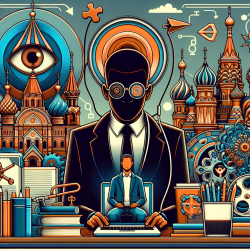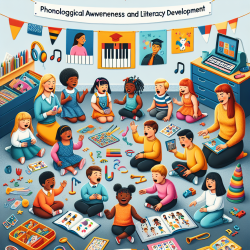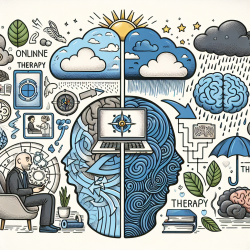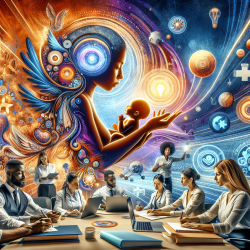What Was Film Psychotherapy?
Film psychotherapy was an ambitious project in the early Soviet Union that aimed to integrate cinema into hypnotherapeutic treatments. By harnessing the powerful visual and auditory elements of film, Soviet doctors hoped to influence the psychological states of their patients positively.Key Takeaways for Modern Practitioners
The experiment offers several valuable lessons for today's therapists:- Emotional Engagement: Films were used to evoke strong emotional responses, which were then channeled into therapeutic outcomes. Consider using multimedia elements in your online therapy sessions to engage your clients emotionally.
- Group Therapy Benefits: Soviet doctors found that film psychotherapy was particularly effective in group settings. This can be applied in modern group therapy sessions, where shared viewing experiences can enhance collective treatment.
- Hypnosis Techniques: The films employed a variety of hypnotic techniques, such as eye fixation and rhythmic sounds. While not all therapists are trained in hypnosis, understanding these techniques can add another layer to your therapeutic toolkit.
Why Further Research Is Crucial
While the Soviet experiment had its limitations, it opens up new avenues for research in integrating multimedia into therapy. Exploring these methods further could lead to innovative approaches that make therapy more engaging and effective.Next Steps
Consider integrating multimedia elements into your sessions, whether through videos, music, or interactive activities. Encourage emotional engagement and explore the potential benefits of group therapy settings.To read the original research paper, please follow this link: The Hypnotic Screen: The Early Soviet Experiment with Film Psychotherapy










